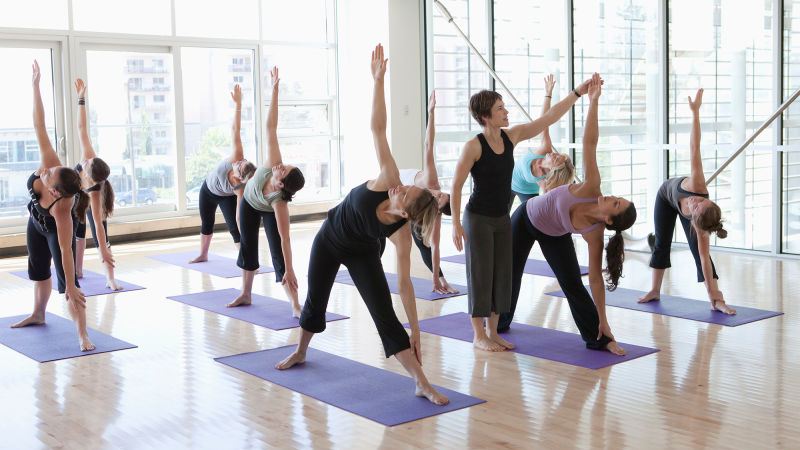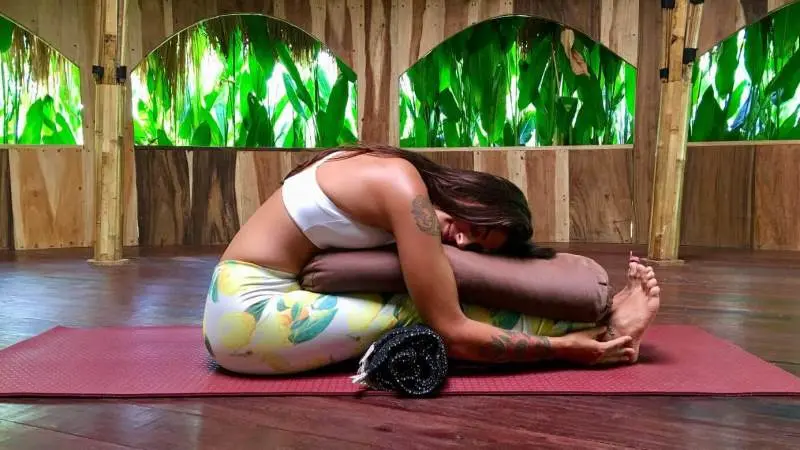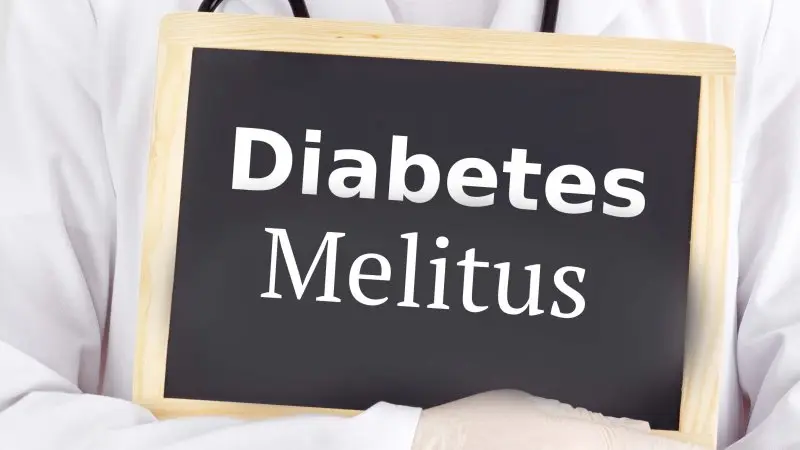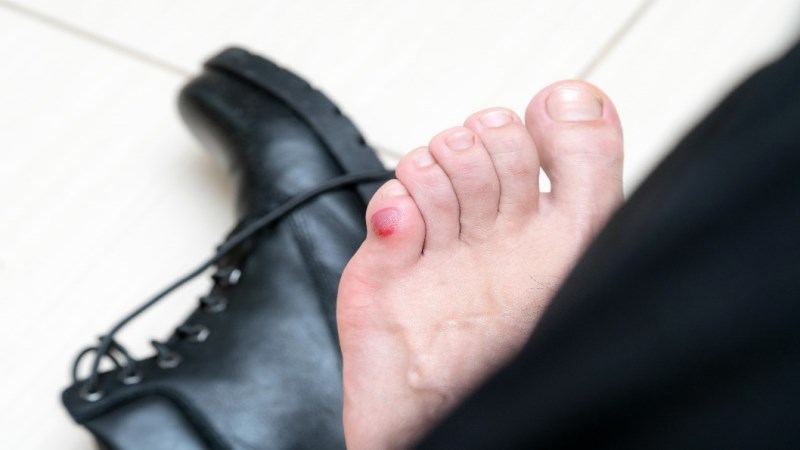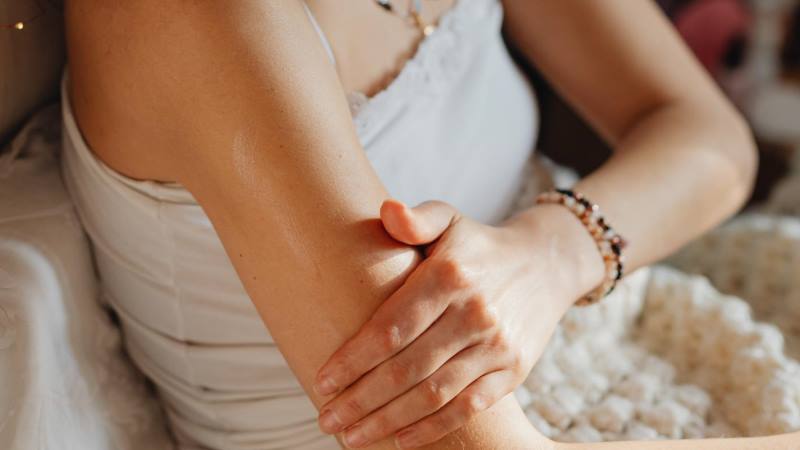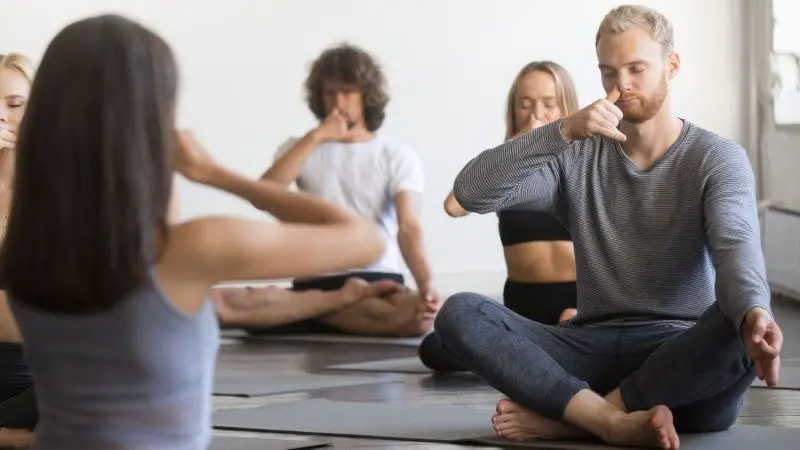
In the modern, fast-paced world we inhabit, anxiety has become an unwelcome companion for many individuals. The constant demands and pressures of life often overwhelm us, resulting in stress, restlessness, and anxiety. Thankfully, there exists a simple yet potent tool that can help us discover tranquility amidst the chaos: breathwork exercises. In this comprehensive guide, we will delve into the myriad benefits of breathwork and equip you with a range of techniques to alleviate anxiety and foster a profound sense of well-being.
Understanding Anxiety and Its Impact
Effectively combating anxiety necessitates understanding its causes and how it affects our mental and physical well-being. Anxiety can manifest in various forms, such as generalized anxiety disorder (GAD), panic disorder, social anxiety, or specific phobias. It can also lead to physical symptoms, including increased heart rate, shallow breathing, muscle tension, and a sense of impending doom. Breathwork exercises can serve as a valuable tool to address these symptoms and restore a sense of equilibrium.
The Science behind Breathwork
Breathing is an automatic bodily function, yet we often overlook its potential as a powerful instrument for relaxation and stress reduction. During periods of anxiety, our breathing tends to become shallow and rapid, limiting the amount of oxygen we take in and disrupting the delicate balance between oxygen and carbon dioxide in our bodies. By practicing specific breathwork exercises, we can activate the body’s relaxation response, ushering in a state of tranquility.
Techniques for Deep Breathing
Deep breathing exercises are remarkably simple yet highly effective in reducing anxiety. These techniques focus on diaphragmatic breathing, wherein you engage your diaphragm to take slow, deep breaths. One such technique is the 4-7-8 breath, where you inhale for a count of 4, hold the breath for a count of 7, and exhale for a count of 8. This exercise helps regulate the breath and activates the body’s relaxation response.
Box Breathing
Box breathing, also known as square breathing, offers another valuable technique for alleviating anxiety. It involves inhaling for a count of 4, holding the breath for a count of 4, exhaling for a count of 4, and once again holding the breath for a count of 4. This rhythmic breathing pattern aids in grounding the mind in the present moment, fostering a sense of serenity and focus.
Alternate Nostril Breathing
Derived from yoga and pranayama practices, alternate nostril breathing is a technique that balances the energy within the body. By gently closing one nostril at a time and alternating the breath, this exercise harmonizes the left and right hemispheres of the brain, promoting relaxation and reducing anxiety levels.
Progressive Muscle Relaxation
Incorporating progressive muscle relaxation into your breathwork exercises can enhance their effectiveness. This technique involves tensing and relaxing different muscle groups in the body while engaging in deep breathing. By systematically releasing tension from head to toe, progressive muscle relaxation aids in physical and mental relaxation, providing relief from anxiety symptoms.
Integrating Breathwork into Your Daily Routine
To fully embrace the benefits of breathwork exercises, it is crucial to incorporate them into your daily routine. Set aside a quiet and comfortable space, allocate a specific time, and commit to practicing breathwork consistently. You can also integrate these techniques into other activities such as yoga, meditation, or mindfulness practices.
Conclusion
Breathwork exercises offer a simple yet powerful tool to counter anxiety and discover inner tranquility. By engaging in deep breathing, box breathing, alternate nostril breathing, and progressive muscle relaxation, you can tap into the body’s innate relaxation response, reduce anxiety symptoms, and enhance overall well-being. Embrace the transformative power of your breath and embark on a journey towards a more serene and balanced life. Remember, a few mindful breaths can make an incredible difference in navigating the challenges posed by anxiety.


